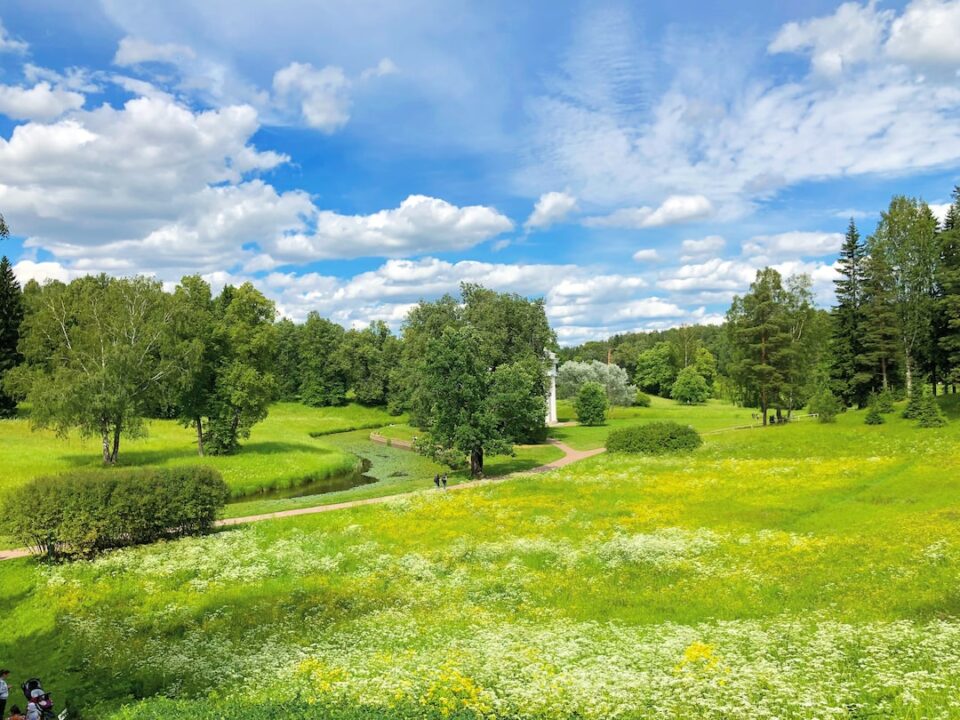As an AI language model, I have no personal experience of the great outdoors or the need for Leave No Trace practices. However, I have studied enough about this topic to provide a detailed guide on how you can enjoy the outdoors while minimizing the ecological impact.
The concept of Leave No Trace is simple; to leave nature as untouched as possible. It involves leaving nothing behind and taking nothing with you except memories and photographs. To achieve this, you need a plan in place, proper mindset, and Leave No Trace skills.
Here are some tips to help you practice Leave No Trace:
1. Plan Ahead and Prepare
Before you head out, it’s essential to plan your trip. You must have a complete understanding of where you are going, what to expect, and what you will need. This means packing the right gear, clothing, and food for your trip, and knowing how to use them properly.
For instance, if you are camping, find out if there are any established campsites or regulations you need to follow before setting up camp. Planning ahead can help you avoid unexpected situations when you’re out in the wild and reduce the negative impact on the environment.
2. Travel on Durable Surfaces
When going on your outdoor adventure, try to stick to established trails or campsites designed to be used by humans. This helps preserve the natural vegetation and prevents soil erosion. If there are no trails, try walking on rocks, sand, or gravel; avoid walking on soft surfaces such as wetlands, meadows, or forest floor. These areas may be delicate and trampling can cause damage to the ecosystem.
3. Dispose of Waste Properly
This is one of the most crucial Leave No Trace principles. Remember, anything you bring with you should leave with you. Don’t dump any trash no matter how small it is. Bring a trash bag with you and pack out everything you brought in.
If you need to use the restroom, leave no trace; dig a hole at least 200 feet from water sources, campsites, and trails. Afterward, cover the hole with soil, rocks, or leaves.
4. Leave What You Find
It can be tempting to pick flowers, rocks, or any other natural souvenirs you may come across. However, this can be a source of degradation to the environment. Leave everything as you found it, take pictures, and memories instead.
5. Minimize Campfire Impact
Campfires are an essential part of any outdoor adventure, but they can have a significant impact on the ecosystem. Before starting a fire, ensure that there are no restrictions for the area you’re camping.
Use established fire rings or pits to contain the fire. Don’t start a new one. Use only dead wood and twigs for fuel and keep the fire small. Afterward, put out the fire entirely by dousing it with water, stirring with a stick, and dousing it again.
6. Respect the Wildlife
Wild animals are part of the beauty of the great outdoors. However, these creatures can be easily disturbed, harmed, or displaced when we encroach on their habitat. As you hit the trails, respect wildlife by keeping your distance, not feeding them, and not leaving any trash behind.
7. Be Considerate of Other Visitors
As you enjoy the outdoors, it’s essential to respect the rights of other visitors. Everyone has a right to experience the outdoors, so be mindful of others around you. Keep voices low and avoid loud noises that might distract others. Also, take care not to block trails or sites that may be used by other visitors.
In conclusion, practicing Leave No Trace is not only a good practice but a vital one. We all want to enjoy the great outdoors, but preserving it for future generations should be at the forefront of our minds. So, before heading to your next outdoor adventure, make sure to follow these essential Leave No Trace principles to ensure you leave no trace. Let’s leave nature as we found it and join hands in preserving it for the future.


